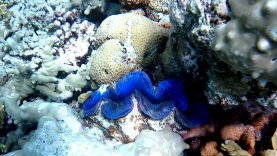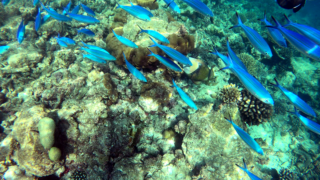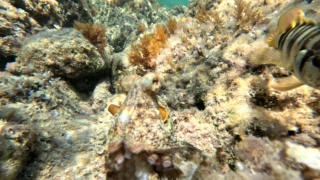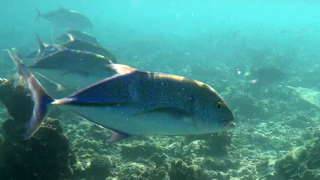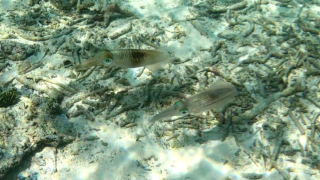The marine alien - Bonellia viridis
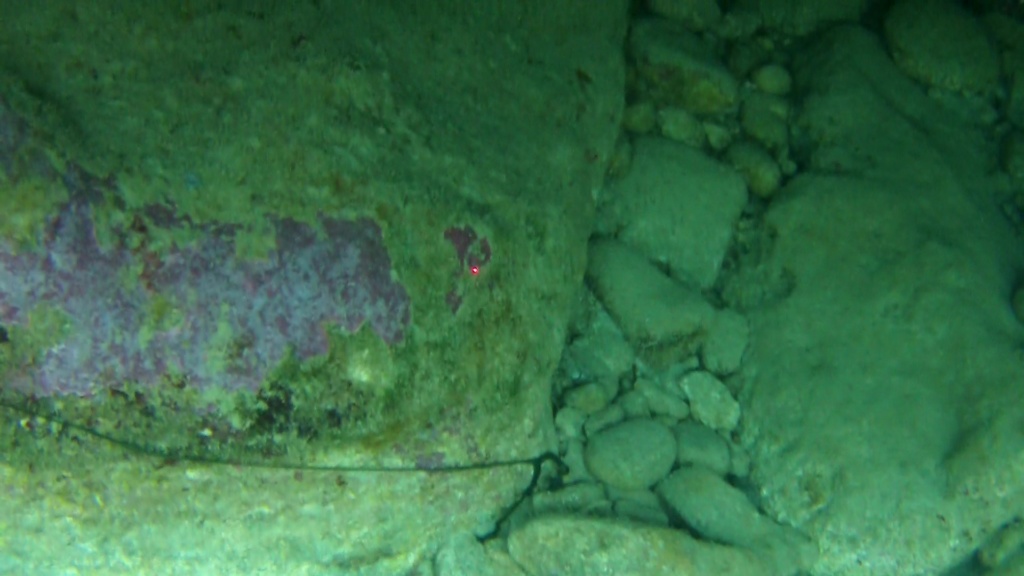
After so many years in the water I thought I had seen them all. While I am looking at one of the usual holes where I often always find something new to film, at first I am disappointed as the hole seems deserted, looking better known a strange tentacle or unconsciousness never seen before about 80 cm long. I try to touch it thinking about the usual line left by the fishermen or the usual plastic trash to remove, but …. as you can see from the movie the surprise was there. Beyond the alien feelings, doing some research I think I came across Bonellia viridis, a very special marine worm never seen before by myself; or at least never considered of which I report what I could find.

These marine worms, belonging to the Echiuridae, are quite similar to the Polychaetes, possessing different characteristics in common. The specimens of Bonellia viridis live on sandy or muddy bottoms where there are also sometimes pebbles. This species feeds on debris. Using its particular proboscis it collects, in fact, small organic particles or small animals that it finds on the seabed. From its spherical body branches off a proboscis bifida up to a meter long. The color is greenish. Very diffused in the Mediterranean, from shallow waters up to about 100 meters.
This species is well known to scientists not because of its particular morphology, which is however something interesting, but because it is an extreme case of sexual dimorphism. The male of this species is certainly less known (as very small), the whole description made earlier refers in fact to the female specimen.

The male is a dwarf, consisting of a larva no longer than 3 mm (against about 8 cm of the cylindrical body of the female) without a proboscis. It lives inside the uterus or the female’s intestine. The only purpose of the male is to fertilize the eggs produced by the female. For mature eggs the determination of sex depends on where they will develop. If in fact, once hatched from the eggs, the larvae fall on the free bottom will become females, otherwise, if they can enter the proboscis of the mother will become males. The fact of becoming male is due to the presence in the proboscis of the mother of a hormone, the bonellina, which induces the larvae to develop masculine characters.
http://biologiadelmare.blogspot.it/2010/01/un-verme-marino-molto-particolare.html








